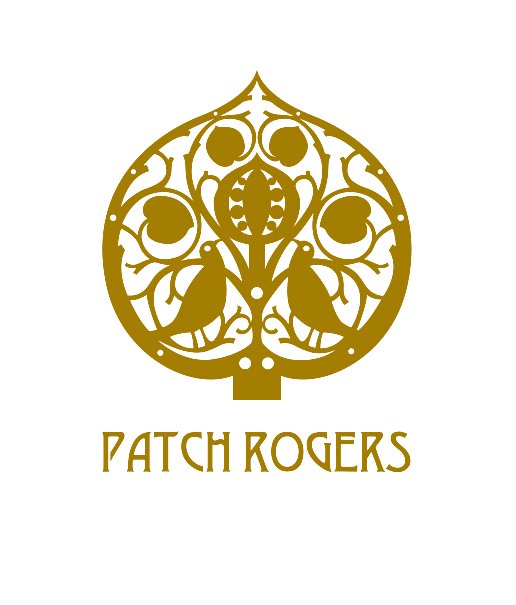DELLA ROBBIA PLAQUE ‘Here We Go Round The Mulberry Bush'
DELLA ROBBIA PLAQUE ‘Here We Go Round The Mulberry Bush'
Della Robbia plaque with relief design of children dancing round a tree
After a plaster relief designed by Ellen Mary Rope
‘Here We Go Round The Mulberry Bush’
Della Robbia
Circa 1896
The Della Robbia Pottery Limited 1894-1906 was an integral part of the Arts & Crafts Movement. Founded in 1894 by Harold Rathbone and his partner the sculptor, Conrad Dressler in Birkenhead, Liverpool, the pottery never made a working profit, but was nevertheless a philanthropic enterprise, enabling young people to acquire new skills.
Rathbone was a trained artist who had travelled to Italy and fallen in love with the figures and relief panels modelled by Luca della Robbia and his descendants in the 15th and 16th centuries in Florence. Returning to England he decided to open his pottery and teaching school, adhering closely to the principles of William Morris and the Arts & Crafts Movement, reviving traditional skills and pride in craftsmanship. Dressler had already begun experimenting and reproducing Della Robbia wares around 1893 and was an ideal partner for Rathbone. The Limited Company was established via shareholders, mainly family and friends of the Rathbones, who were highly influential in artistic circles.
They encouraged young artists to develop their own skills and expressions and this distinctive pottery was sold at Exhibitions and through Liberty’s and Morris & Co. Giovanni Carlo Manzoni briefly joined the company in 1894, leaving to start his own pottery but returned in 1898, staying until its closure in 1906. Unfortunately the cost of making the products was prohibitive and therefore it survived for only a short 12 years period. The earthenware pottery had lustrous lead glazes and was highly influenced by the Art Nouveau patterns of interweaving plants. The girls were taught by among others, Herbert McNair, one of the influential Glasgow School designers, a leading British exponent of Art Nouveau.
Dressler left in 1897 and in 1900 the pottery was merged with a religious statutory firm run by Marianne and Emile de Caluwe. Although this injected some new financial help and a renewed interest was born, it still could not survive in the long run.
The Della Robbia mark is usually handwritten on the base with a simplified ship design between the initial D and R and often the initials of the designer and decorator and sometimes the date. Despite his Arts & Crafts principles, Rathbone was forced to bring in skilled workers in order to speed up output and fulfil orders but he managed to avoid machinery and mass production and therefore every pot was a ‘variation’, a ‘one-off,’ whether good or bad. A bespoke service was offered by Harold for relief portrait panels but it is not known how successful this venture was.
Della Robbia pottery in our opinion sums up the Arts & Crafts ethos within design and making.



